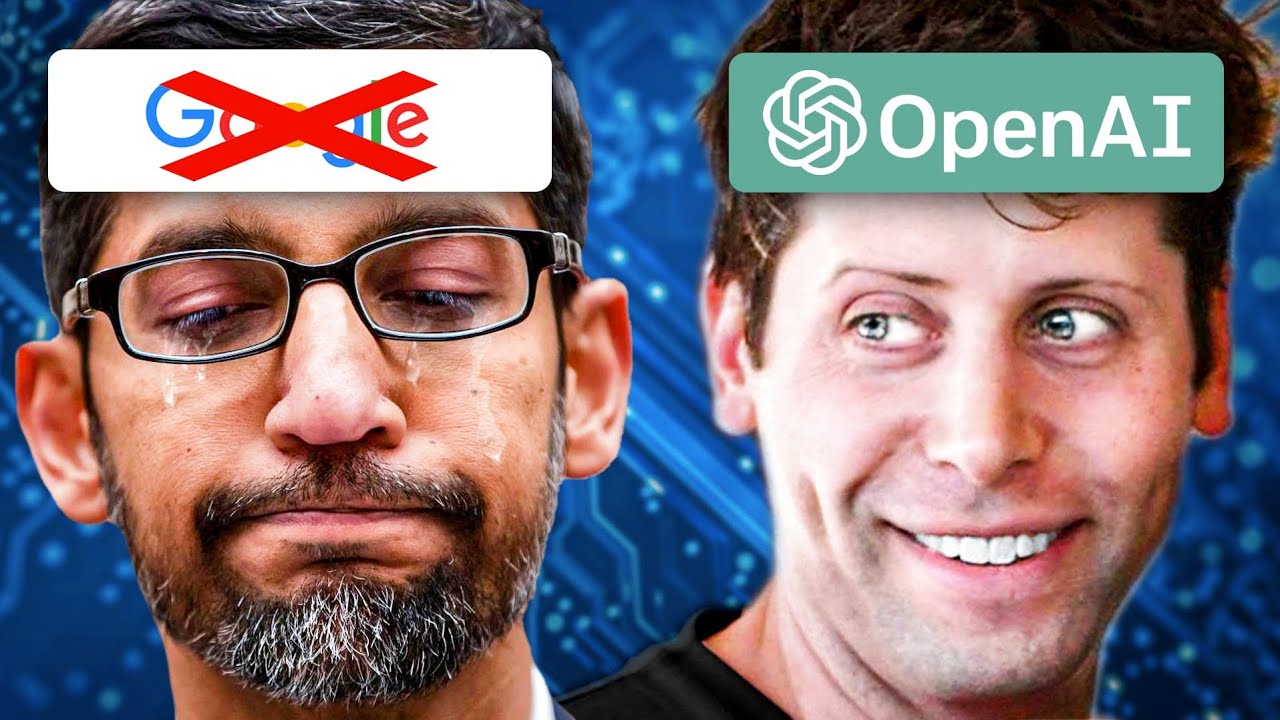In the ever-evolving world of technology, the concept of disruption is a constant topic of discussion. From the lens of the Innovator’s Dilemma, we witness the dynamics of sustaining innovation versus disruptive innovation and the complex decisions companies face. Let’s delve deeper into this compelling narrative, examining the disruptive force of ChatGPT and its potential implications for Google’s search dominance.
Understanding The Innovator’s Dilemma
Clayton Christensen’s renowned theory, introduced in his 1997 book, ‘The Innovator’s Dilemma,’ addresses the critical choices companies confront in terms of innovation. The dilemma highlights the tension between sustaining innovation, aimed at refining existing products or services, and disruptive innovation, which fundamentally transforms the market landscape.
Sustaining Innovation versus Disruptive Innovation
Sustaining innovation focuses on incremental improvements to maintain competitiveness. On the other hand, disruptive innovation involves the introduction of groundbreaking technologies or business models that redefine product creation, delivery, or consumption. The contrast between these approaches is vividly illustrated by the divergent paths of Blockbuster and Netflix.
The Curse of the Innovator’s Dilemma
The stories of once-dominant companies like Eastman Kodak illustrate the challenges of navigating the innovator’s dilemma. Despite Kodak’s pioneering role in digital camera technology, the company struggled to adapt, ultimately succumbing to the changing market dynamics. This serves as a poignant reminder that even industry giants can falter in the face of disruptive forces.
The Rationality Behind Sustaining Innovation
Although disruptive innovation is often championed by startups, established corporations frequently opt for sustaining innovation. This choice, while logical in the short term, can inadvertently lead to long-term challenges. External factors, including investor preferences and customer expectations, further reinforce the allure of sustaining innovation for established companies.
The ChatGPT Challenge to Google’s Search Monopoly
The emergence of ChatGPT, an AI-powered conversational tool with vast knowledge capabilities, has intensified the debate around Google’s dominance in the search domain. OpenAI’s collaboration with Microsoft and the integration of ChatGPT into Bing signal a formidable challenge to Google’s long-standing supremacy.
Google’s Predicament: Sustaining Innovation or Disruptive Innovation?
Google finds itself at a crossroads, facing the dilemma of either embracing disruptive innovation and potentially disrupting its own business model, or sticking with sustaining innovation to safeguard its current revenue streams. The inherent conflict between enhancing user experience and maintaining advertising revenue further complicates Google’s strategic decisions.
Learning from History: The Tale of AltaVista and Google
Reflecting on the swift displacement of AltaVista by Google, it becomes evident that the tech landscape is susceptible to rapid shifts. The proactive measures taken by Google’s founders, Sergey and Larry, to fortify their position following their triumph over AltaVista underscore the importance of anticipating disruptive forces.
Escaping the Innovator’s Dilemma: Lessons from Apple and Microsoft
The success stories of Apple and Microsoft offer valuable insights into strategies for evading the pitfalls of the innovator’s dilemma. Apple’s willingness to cannibalize its products, as demonstrated by the launch of the iPhone, and Microsoft’s calculated acquisitions, exemplified by LinkedIn and GitHub, highlight the significance of long-term thinking and diversification.
The Crucial Role of Leadership in Fostering Innovation
Leadership plays a pivotal role in steering companies away from the peril of the innovator’s dilemma. Visionary leaders like Steve Jobs and Satya Nadella epitomize the importance of embracing disruptive innovation while concurrently fostering an ecosystem conducive to continuous growth and adaptation.
Embracing Competition for Progress
While the emergence of formidable competitors like ChatGPT poses challenges for Google, it also fosters healthy competition, ultimately leading to improved products and services. Acknowledging the benefits of competitive landscapes, it becomes evident that users, ultimately, are the primary beneficiaries of such advancements.
In conclusion, the evolving landscape of technological innovation requires companies to balance sustaining and disruptive strategies, steering clear of the complacency that the innovator’s dilemma can breed. By fostering a culture of continuous adaptation and learning, companies can position themselves to thrive in an ever-changing market.

